Find Your Perfect Wood Product
If you find a product you like, reach out to us for more details and assistance.
Leopardwood
Leopardwood, native to Central and South America, is a dense and durable hardwood known for its striking, spotted figure resembling a leopard’s coat. This unique pattern is caused by prominent medullary rays against its reddish-brown to golden-brown background. Leopardwood is commonly used for furniture accents, decorative inlays, pens, knife handles, pool cues, turned objects, and small specialty projects. Its bold appearance and durability make it a favorite for eye-catching woodworking applications.
Length: 9′
Thickness: 4/4
- Common Name(s): Leopardwood
- Scientific Name: Roupala montana (syn. R. brasiliense)
- Distribution: Central and South America
- Tree Size: 100-130 ft (30-40 m) tall, 2-3 ft (.6-1.0 m) trunk diameter
- Average Dried Weight: 55 lbs/ft3 (885 kg/m3)
- Janka Hardness: 2,150 lbf (9,560 N)
- Crushing Strength: 7,280 lbf/in2 (50.2 MPa)
Grain: Has a fairly coarse texture and straight grain.
Most species are reported to be very durable regarding decay resistance.
While it is moderately challenging to work with due to its density and interlocking grain, it machines and sands well with sharp tools and achieves a smooth, polished finish.
- Fine furniture
- Veneer
- Musical instruments
- Decorative pieces
- Specialty wood items
- Turned objects

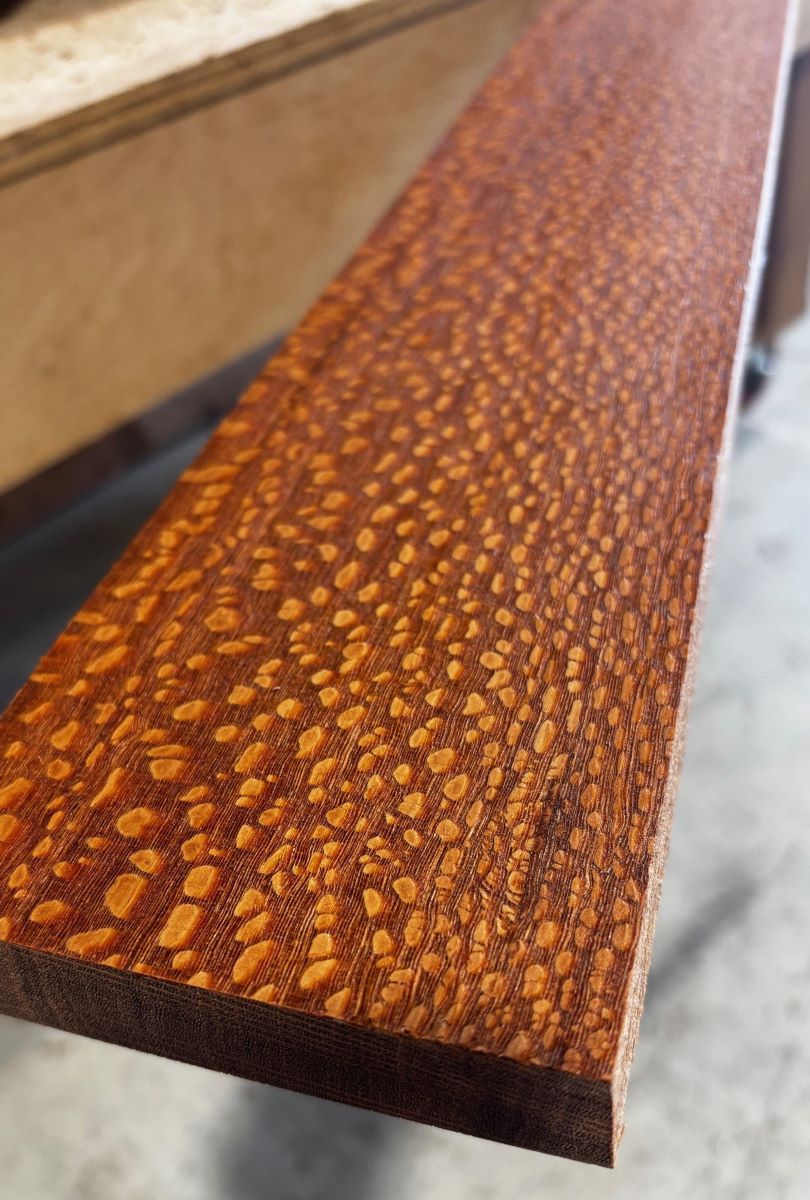
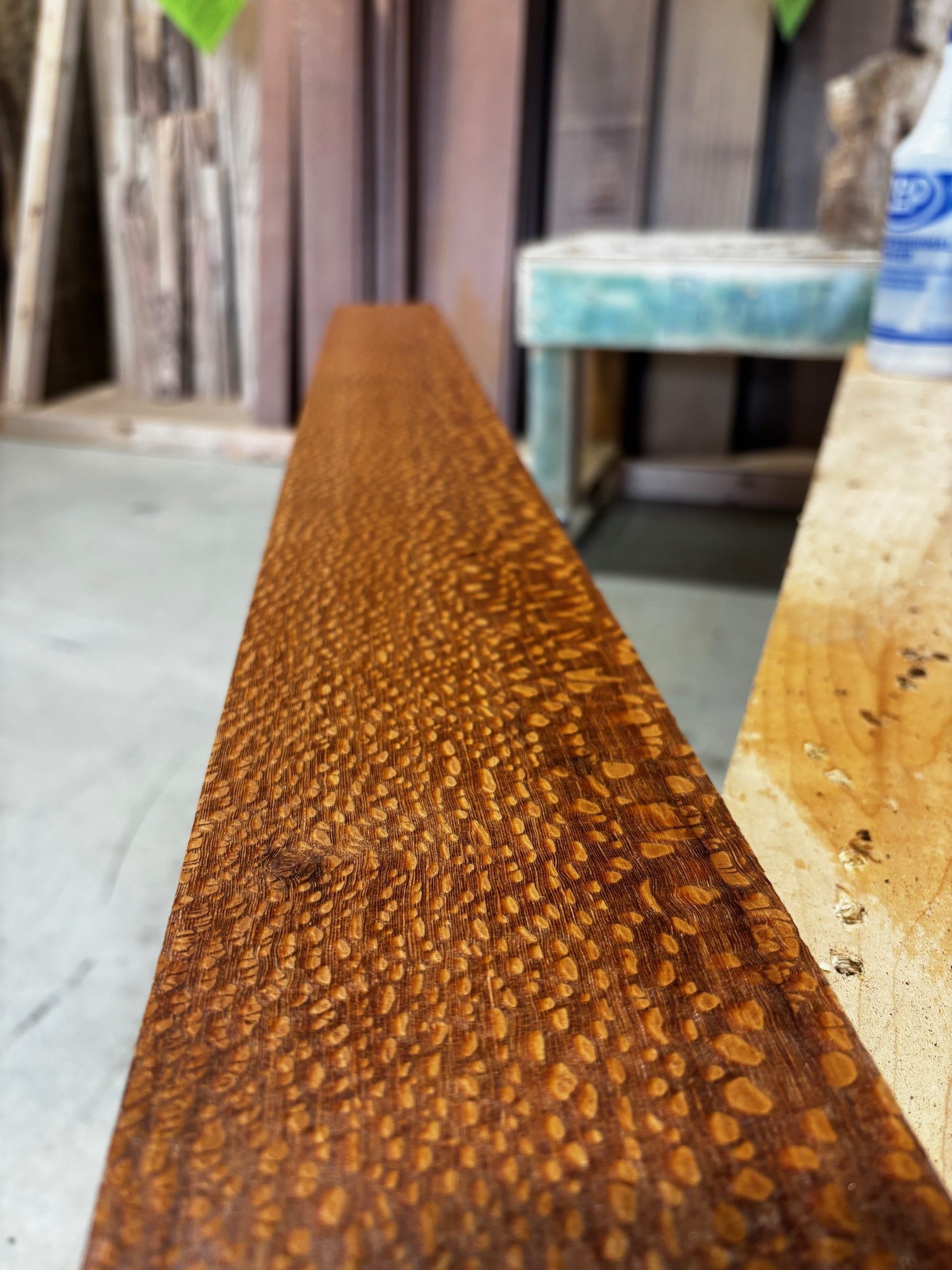

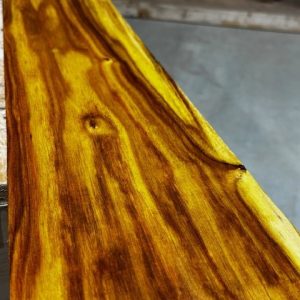
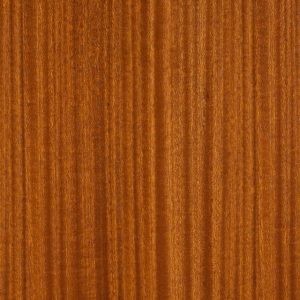
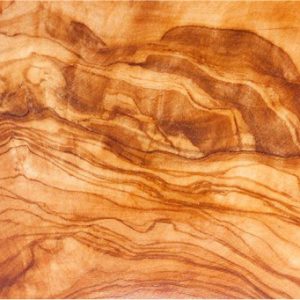
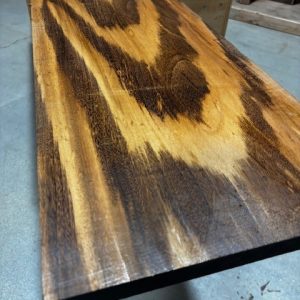
Leopardwood is frequently confused with Lacewood, and is sometimes referred to as such. In its vaguest sense, the term “lacewood” is used to describe any wood that displays figuring that resembles lace, (which would technically include Leopardwood). Attempts to identify a specific board macroscopically may be difficult. Two Australian species, Northern Silky Oak (Cardwellia sublimis), and Southern Silky Oak (Grevillea robusta) can both look very similar, and are sometimes sold as Australian Lacewood.
Leopardwood (Roupala spp.) can usually be separated from most species of Lacewood (Panopsis spp.) based upon its darker color and higher density. Additionally, when comparing the endgrain of these two genera, Leopardwood has wider spaced parenchyma bands: approximately 3-4 per mm versus 5-6 per mm with Lacewood.